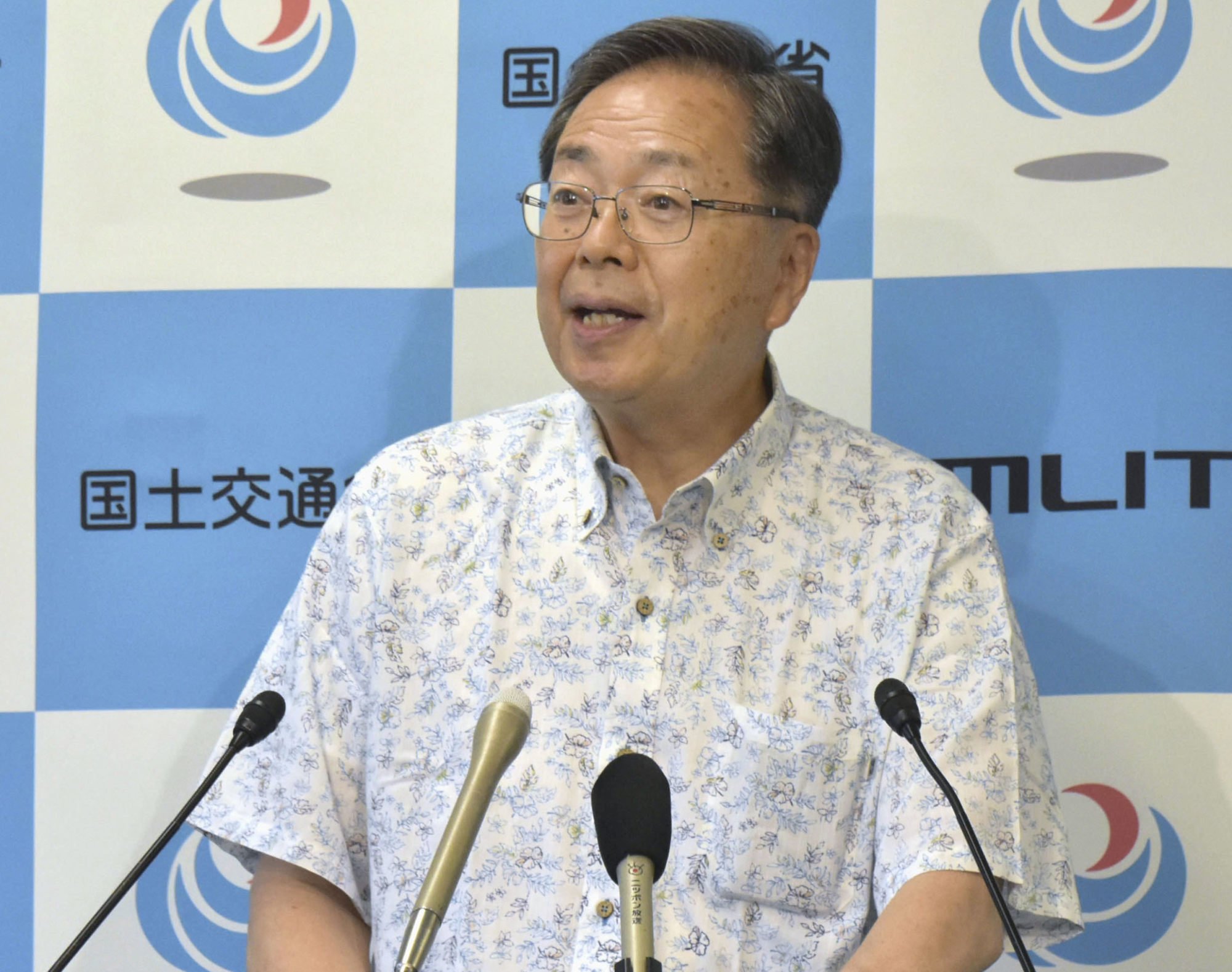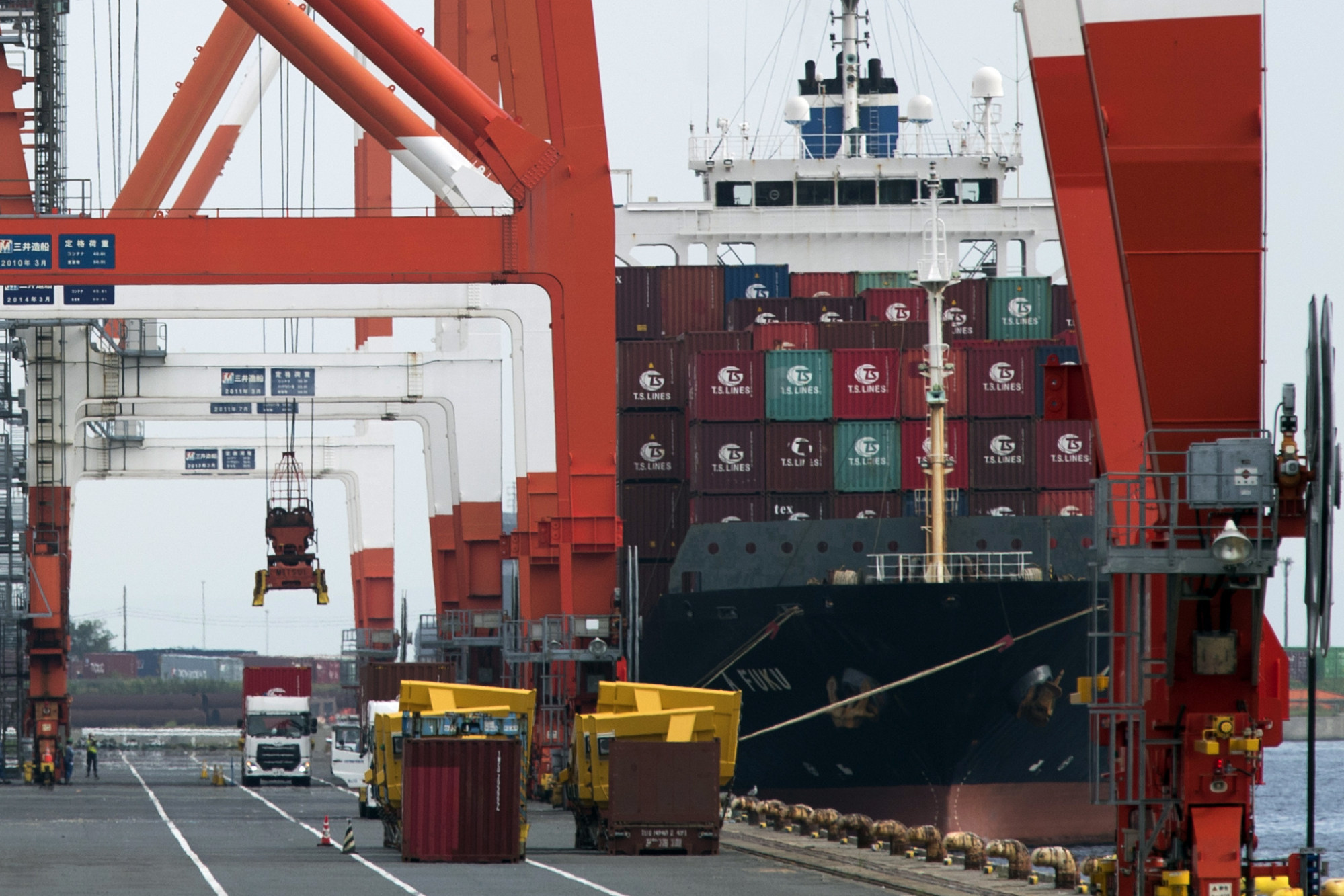
Japan rolls out plan for 500km conveyor belt to solve looming cargo logistics crisis
- The proposed Tokyo-Osaka ‘Autoflow-Road’ transport system could carry the same amount of freight as 25,000 truck drivers every day
The proposed network of massive conveyor belts, dubbed the Autoflow-Road, would use tunnels beneath major highways that link Japan’s two largest cities, as well as above-ground tracks in the middle of the roads. it is the brainchild of a panel at the Ministry of Land, Infrastructure, Transport and Tourism.
In places, additional tracks could also be constructed alongside the hard shoulder of motorways, the ministry’s proposal states.
“Automated logistics roads are designed to get the most out of road space by utilising hard shoulders, median strips [central reservations] and tunnels beneath the roadway,” said Shuya Muramatsu, a senior official in the ministry’s road economics research office.
“Our study is examining the impact on road traffic, including on surrounding roads, and costs.”
The Autoflow-Road proposal comes as Japan and its rapidly ageing population faces a delivery driver shortage, with new rules capping their weekly overtime at just 18 hours.
A study released earlier this month by Nomura Research Institute estimated that 1.4 billion tonnes of freight will be transported by road in 2030, down marginally from 1.43 billion tonnes in 2020.
But Japan’s delivery driver shortage is set to worsen, with the workforce projected to plummet from 660,000 in 2020 to just 480,000 by 2030 – a 36 per cent deficit that could leave the transport industry unable to meet freight demands within six years.
The impact will be most severe in rural regions, with northeastern Tohoku and southern Shikoku facing a 41 per cent driver shortfall, according to the study.
Adding to the challenges, rising fuel costs and wages to attract new drivers to the industry will inevitably drive up delivery prices across the country.
Unveiling the Autoflow-Road plan on Sunday, transport minister Tetsuo Saito said it “will not only address the logistics crisis, but also help to reduce greenhouse gas emissions. We would like to speedily proceed with discussions on the matter”.
The ministry aims to leverage existing high-capacity conveyor belt systems, such as the 23km belt at Torigatayama limestone mine in Kochi prefecture, or the 100km system used to transport phosphate from a remote mine in the Western Sahara to the nearest port. These large-scale conveyor technologies could provide a model for the Autoflow-Road’s above-ground freight tracks.

Whether installed in tunnels or alongside the road, the 500km Tokyo to Osaka project would dwarf both those existing systems. The ministry said it was looking to optimise the use of automated collection and delivery technologies to improve its processing speed and minimise human input.
The ministry anticipates that pallets that can hold up to one tonne of cargo will be placed aboard the conveyor belt, which could operate 24 hours a day and deliver the same amount of freight as 25,000 drivers per day.
Muramatsu was cautious about the anticipated cost of the project, however, only saying it was “under consideration”. He also gave no timeline for when the system might be operational or how much it would cost to operate.
The Yomiuri newspaper estimated the Autoflow-Road’s biggest challenge will be cost, with construction of the underground tunnel and conveyor belt potentially reaching 80 billion yen (US$508 million) per 10km stretch.

Yoshitsugu Hayashi, a professor of transport policy and systems at Chubu University, said there was a growing need for solutions to Japan’s looming transport crisis, with various ideas proposed over the past 25 years. But the Autoflow-Road appears to be the ministry’s preferred approach to address the issue.
“It’s important that we develop this automatic train-like delivery system because of the challenges in terms of the labour force but also because we need to bring down carbon dioxide emissions, particulate-matter emissions and other pollutants that can have a direct impact on human health,” he said.
“The surface is becoming more and more congested, so tunnels under expressways are a sensible approach. There is already space in the median strip or on hard shoulders of existing roads, so the basic infrastructure is already in place and that should make the project relatively easy.”

